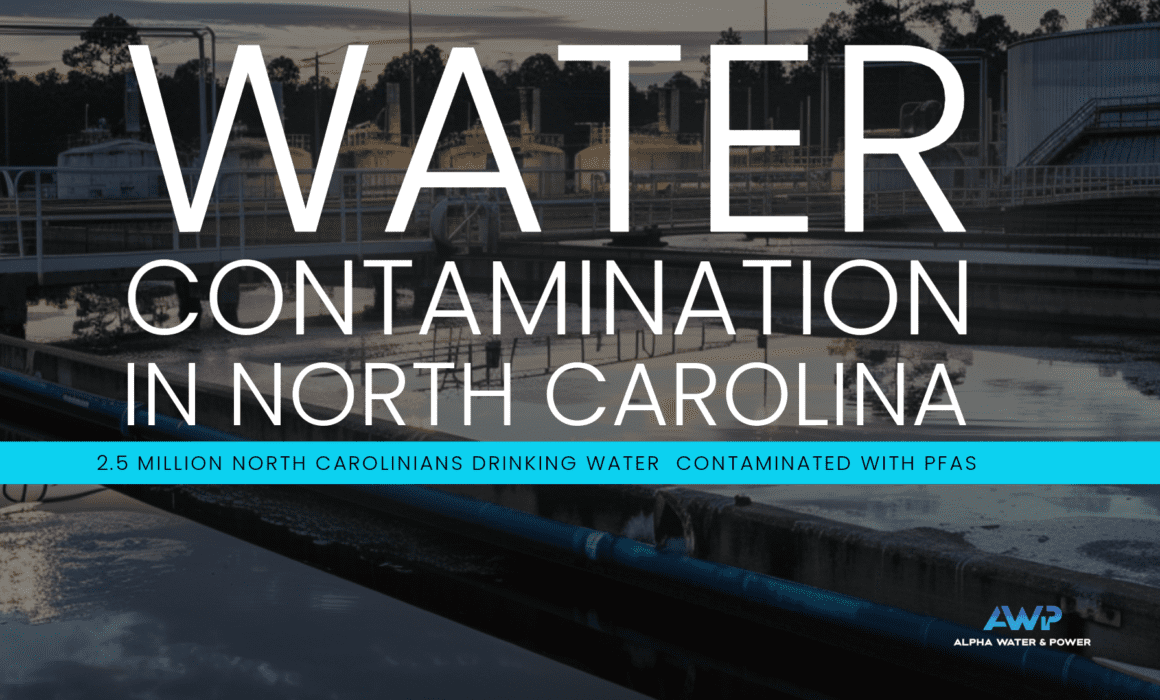The Growing Threat: PFAS Contamination in North Carolina’s Public Drinking Water Systems
A recent report has unveiled a troubling reality for over 2.5 million North Carolinians – their drinking water is contaminated with per- and polyfluoroalkyl substances (PFAS). These harmful chemicals, often referred to as “forever chemicals,” pose significant health risks, including cancer and reproductive issues. The contamination is widespread, affecting some of the largest utilities in the state, including the Piedmont Triad Regional Water Authority, City of Durham, City of Greensboro, Fayetteville Public Works Commission, and Brunswick County Public Utilities. As communities grapple with the consequences, urgent action is needed to address this public health crisis.
Understanding PFAS:
PFAS are man-made chemicals used in various products, from nonstick cookware to stain repellents. What makes them particularly concerning is their persistence in the environment and the human body. PFAS do not break down over time and can accumulate, leading to long-term health problems. The Environmental Protection Agency (EPA) has recently established new limits on PFAS in drinking water to safeguard public health.
The Scope of Contamination:
An analysis by the Environmental Working Group (EWG) revealed that many public water systems in North Carolina exceed the EPA’s new standards for PFAS. This means that millions of residents may be exposed to unsafe levels of these chemicals. From the Piedmont Triad to Brunswick County, communities across the state are facing the consequences of PFAS contamination.
Identifying Sources:
The sources of PFAS contamination in North Carolina are diverse and widespread. Industrial facilities, including electroplating facilities and chemical manufacturers, are potential contributors to the problem. Additionally, firefighting foam used near military facilities and airports, as well as activities like wastewater sludge spreading and textile manufacturing, further exacerbate the issue. Addressing PFAS contamination requires comprehensive strategies that tackle these various sources of pollution.
Calls for Action:
Governor Roy Cooper has emphasized the importance of holding polluters accountable and ensuring that all water systems have the necessary filtration technology to provide clean water to residents. However, progress has been hindered by challenges such as opposition from industry groups and delays in implementing pollution standards. Despite these obstacles, there is a growing urgency to prioritize public health and environmental protection.
Moving Forward:
The North Carolina Department of Environmental Quality (DEQ) has proposed limits on PFAS pollution, aiming to prevent further contamination of groundwater and surface water. However, these efforts require support from policymakers, regulatory agencies, and the public to be effective. With the Environmental Management Commission set to reconvene in July, there is an opportunity for stakeholders to advocate for stronger measures to address PFAS contamination.
Conclusion:
The presence of PFAS in North Carolina’s public drinking water systems underscores the urgent need for action. From regulatory reforms to pollution prevention strategies, concerted efforts are required to safeguard public health and environmental quality. As communities continue to grapple with the consequences of PFAS contamination, it is essential to prioritize transparency, accountability, and long-term solutions in addressing this pressing issue.

